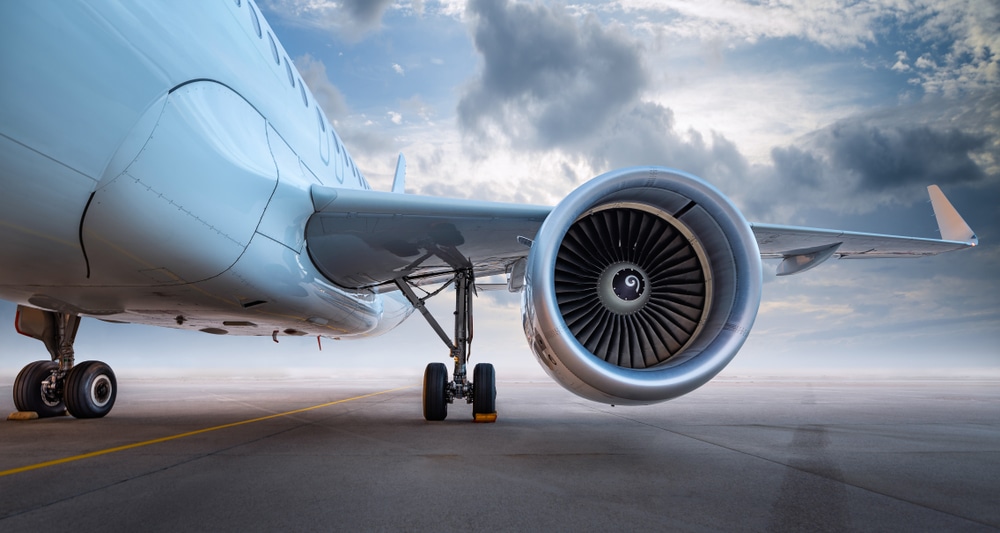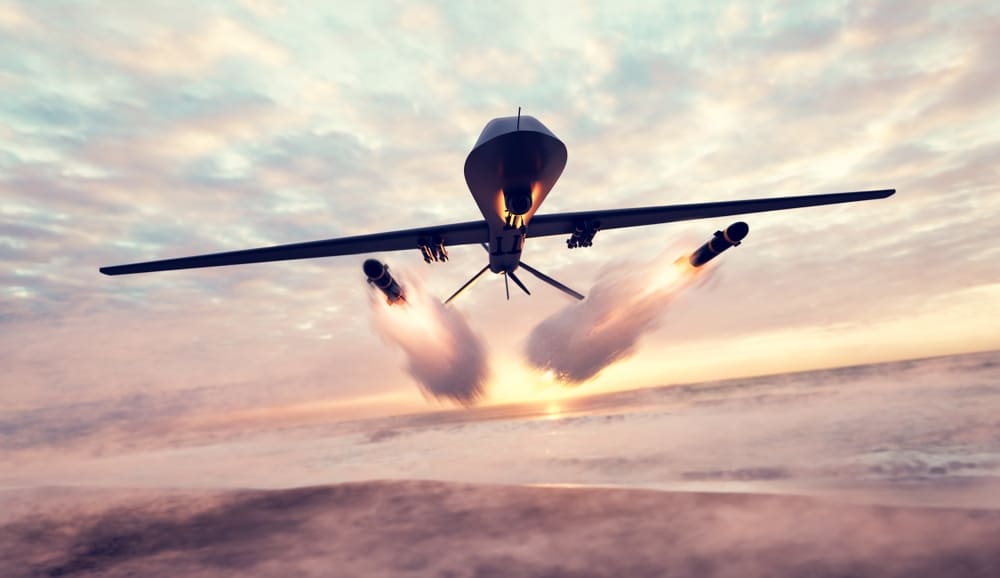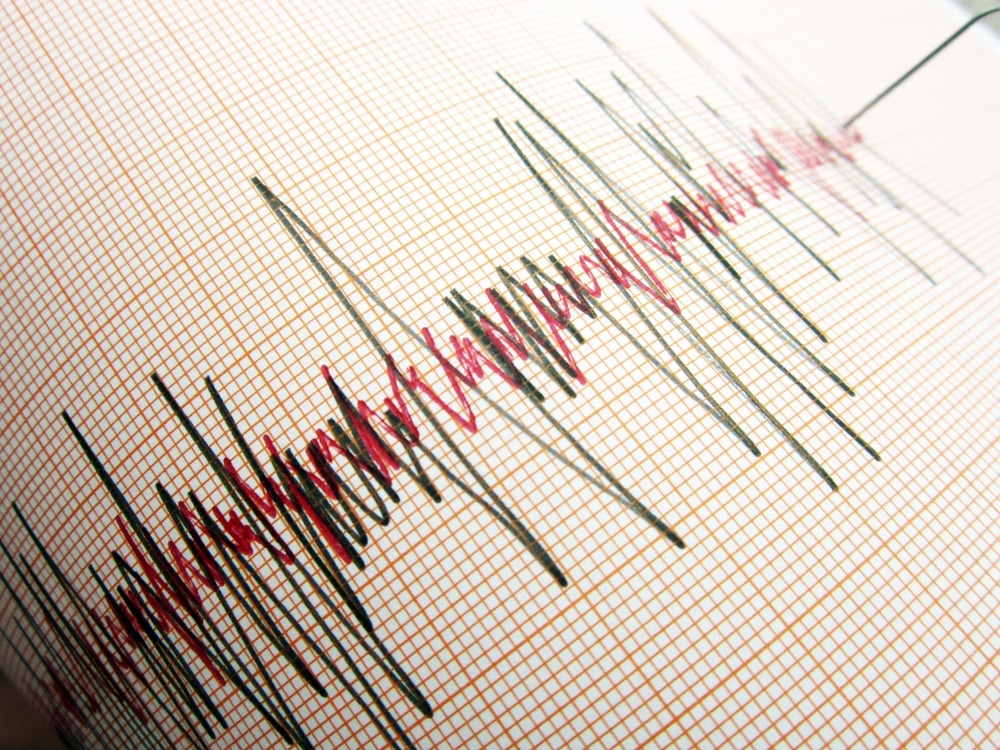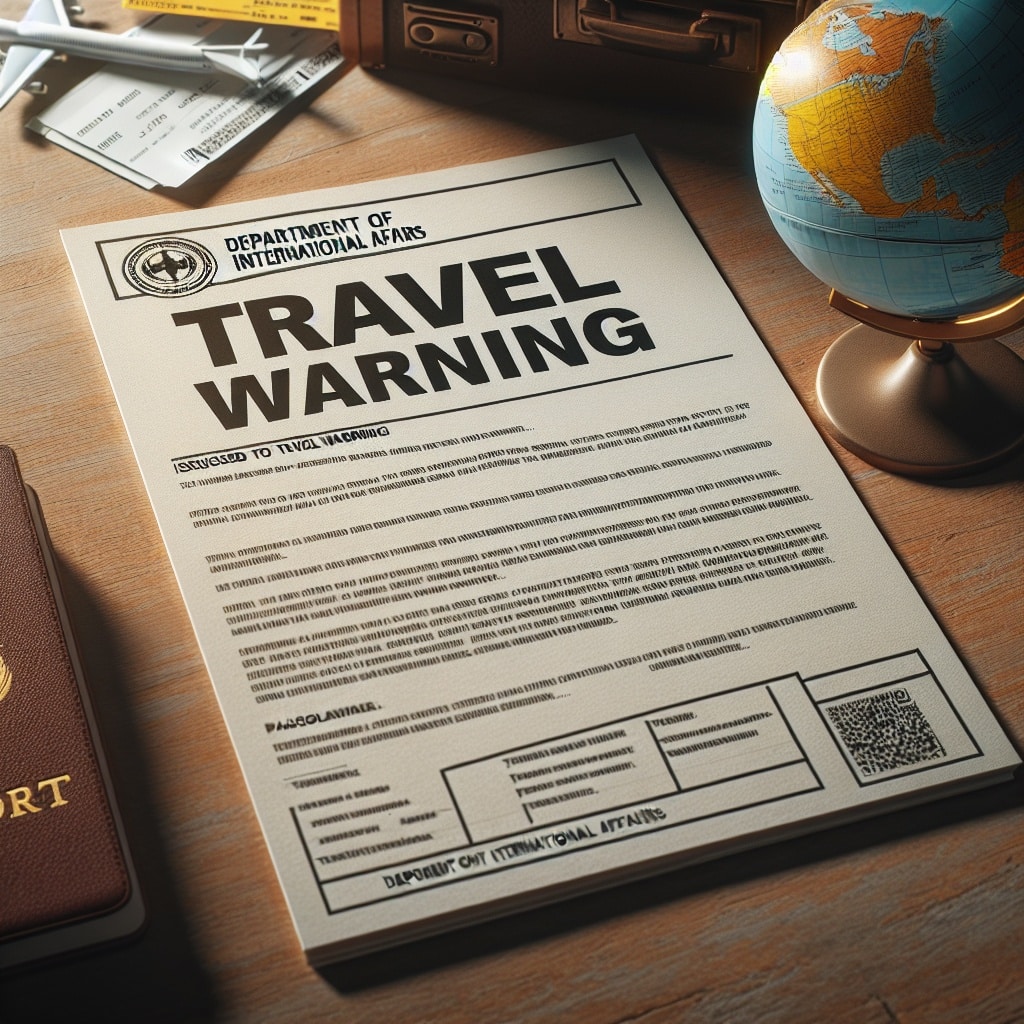Every commercial flight has two pilots at the controls — but some plane makers are now designing cockpits that need fewer pilots, or someday even none.
So far, their airline customers have been quiet on the issue, but pilots’ unions across the globe are getting louder, saying any fewer than two pilots is dangerous.
The idea is most active in Europe, where French manufacturers Airbus and Dassault are pushing for regulators to allow passenger planes to operate with only one pilot in the cockpit for the majority of a long-haul flight.
It isn’t just theoretical. Manufacturers are actively developing and testing a host of autonomous flight projects, including for commercial uses.
EASA, the European Union’s aviation regulator, is considering a concept that would have two pilots in the cockpit only for take-off and landing. For the rest of the flight, the second pilot would rest outside the cockpit, swapping shifts mid-way through a long-haul flight.
EASA is expected to sign off on this by 2027. An official with the U.S. Federal Aviation Administration said the agency is not considering any of the proposals that EASA is weighing.
Boeing, which did not respond to a request for comment, isn’t actively working on the technology, and no U.S. airline CEOs have publicly embraced the reduced-crew concept EASA is exploring.
But U.S. pilot unions are up in arms nonetheless and are warning that any successful effort in Europe will put competitive pressures on U.S. airlines and the FAA to follow suit.
The Air Line Pilots Association, the largest pilot union in the U.S., started a campaign called “Safety Starts With Two” along with their European counterparts, hoping to take their argument straight to passengers who might also find the idea alarming.
EASA’s communications director, Janet Northcote, said the agency would require manufacturers to demonstrate that safety levels are “at least as high as in current two-pilot operations” to get reduced crew operations certified.
“Even recent-generation planes, such as the Airbus A350, would need enhancements and design features or systems not required today to ensure that they can be safely operated” in the configuration under consideration, she said. “Future aircraft could be designed with such operations in mind from the outset.”
But de Bruijn said the same level of safety can never be guaranteed with fewer people in the cockpit. He argued that only having one pilot at the controls would remove an important backup in case a pilot has a health issue, or some ill intent.
















